5 Tips for Breeding Alpacas for Color Diversity
To breed alpacas for vibrant color diversity, you’ll want to start by understanding the key genes influencing fiber color, like ASIP and MC1R. Use color genotyping to guide your breeding choices and select alpacas with varied genetic backgrounds to expand color options. Watch out for health risks linked to certain color genes, such as breeding white to gray. Finally, track your offspring’s colors and fiber quality to improve your strategy. Keep going, and you’ll find more ways to refine your breeding success.
Key Takeaways
- Use genetic testing to identify ASIP and MC1R alleles influencing alpaca fiber colors for informed breeding choices.
- Select breeding stock with diverse genotypes, including high-quality white and solid colors, to enhance color variety in offspring.
- Avoid breeding combinations like white females with gray or white-spot alpacas to reduce health risks and genetic complications.
- Maintain detailed records of offspring color and fiber traits to monitor outcomes and refine breeding strategies over time.
- Breed colored alpacas with high-quality white fleece to improve overall fiber quality while promoting color diversity.
Understanding Alpaca Color Genetics
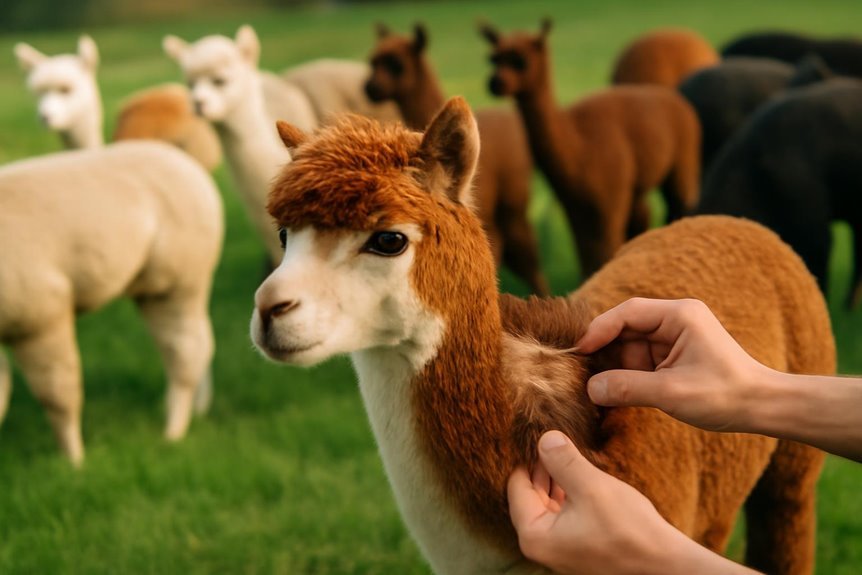
Although alpaca color genetics can seem complex, understanding the roles of the ASIP and MC1R genes is key to predicting fiber colors. These two genes influence the inherited alleles that determine your alpacas’ color outcomes. White alpacas, for example, don’t carry a specific white gene; their color results from dilution effects, adding complexity to breeding predictions. By using alpaca genotyping, you can uncover the genetic makeup tied to these key genes, helping you anticipate potential colors more accurately. When designing your breeding strategies, focusing on genetic compatibility is essential to promote color diversity while minimizing risks of defects linked to certain pairings. Mastering these genetic basics sets a solid foundation for effective color genetics management in alpaca breeding.
Utilizing Color Genotyping in Breeding Decisions
When you incorporate color genotyping into your breeding decisions, you gain a powerful tool to predict and influence your alpacas’ fiber colors more accurately. Color genotyping, through genetic testing of key genes like ASIP and MC1R, helps you identify alleles linked to color variations and mutations. This insight allows you, as an alpaca breeder, to tailor your breeding strategies to increase the chances of producing desired colors and enhance fiber quality. By understanding these genetic factors, you can reduce risks of suboptimal color outcomes and better manage the complex relationships between color depth and genotypes. Utilizing color genotyping in breeding alpacas leads to more predictable color outcomes, improving herd diversity and potentially boosting your farm’s profitability.
Selecting Diverse Breeding Stock for Optimal Color Outcomes
Since your breeding stock’s genetic diversity directly impacts the range of fiber colors you can achieve, it’s crucial to select alpacas with varied genotypes, especially those carrying different alleles of the ASIP and MC1R genes. Genetic testing plays an important role in identifying these diverse genotypes, enabling you to make informed choices that boost color diversity in your herd. Including high-quality white alpacas alongside animals with solid color backgrounds, like true black or dark bay, enriches your breeding stock and expands color possibilities. By incorporating these alpacas into your breeding programs, you not only enhance fiber quality but also maintain a broad palette of potential colors. Stay proactive by regularly updating your strategies based on genetic insights to optimize outcomes and guarantee your breeding stock supports diverse and vibrant fiber colors.
Managing Breeding Risks Linked to Color Genes
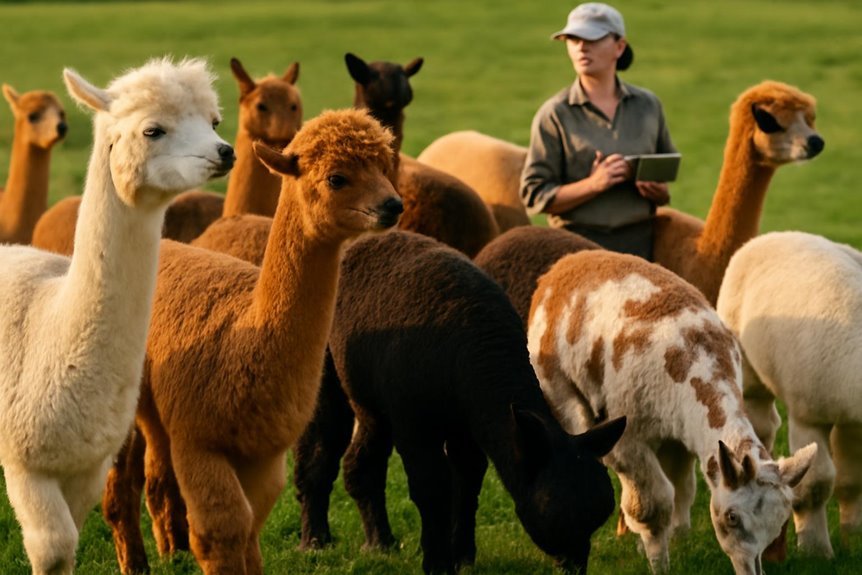
Because color genes in alpacas can carry hidden risks, managing breeding pairs thoughtfully is essential to avoid health problems in offspring. When you include white females or gray alpacas in your breeding program, be aware that breeding white to gray can cause genetic complications, leading to defects. For example, blue-eyed all-white alpacas often inherit deafness linked to the white-spot gene. The merle gene also poses serious breeding risks, as it’s associated with deafness, blindness, and sterility. To reduce these health issues, avoid pairing gray females with white-spot animals. Instead, mate gray females with solid-colored males like true black or dark bay to improve offspring viability. Careful planning helps you balance color diversity while minimizing genetic complications in your alpaca breeding program.
Monitoring and Evaluating Offspring Color and Quality
Managing breeding risks linked to color genes sets the stage for closely monitoring the results of your pairings. In alpaca breeding, tracking color outcomes and fiber quality of offspring is essential. Use genotyping results to understand the inherited alleles from both sire and dam, which helps predict fiber colors more accurately. Breeding colored alpacas with high-quality white fleece often improves overall quality and increases color diversity. Keep detailed records of each offspring’s color and fiber traits to evaluate your breeding strategies’ success. Monitoring specific genetic traits, like black alleles in herdsires, allows you to refine pairings for better color variation and fiber quality. This ongoing evaluation guarantees your breeding program consistently produces desirable and diverse alpacas.
Frequently Asked Questions
What Is the Color Genetics in Alpacas?
You’ll want to understand color inheritance patterns and use genetic testing methods to select breeding pairs wisely. Evaluating fiber quality and phenotype variations, plus considering environment impact, helps you navigate color classification systems and breeding strategies explained.
What Is the Rarest Color of Alpacas?
You’ll find true black alpacas make up only about 10% of alpaca color variations, showcasing rare color traits. Understanding genetics and breeding, color inheritance patterns, and breed standards overview helps you master color selection strategies despite environmental impacts.
At What Age Should You Stop Breeding Alpacas?
You should stop breeding alpacas around 10 to 12 years old, considering breeding age, health considerations, and pregnancy risks. Focus on genetic factors, fiber quality, and herd management, using proper mating techniques and planning retirement options wisely.
What Is the Most Expensive Alpaca Color?
You might think a white alpaca is most valuable, but black alpacas, especially true black, often fetch the highest prices. Brown, grey, fawn, multi-color, Suri, or Huacaya can vary, yet black is top-tier prized.

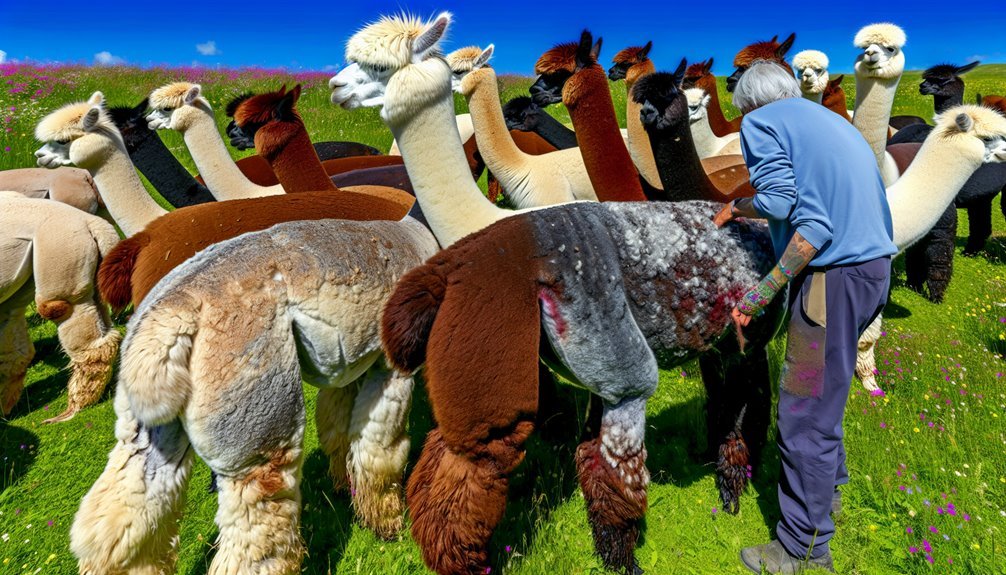
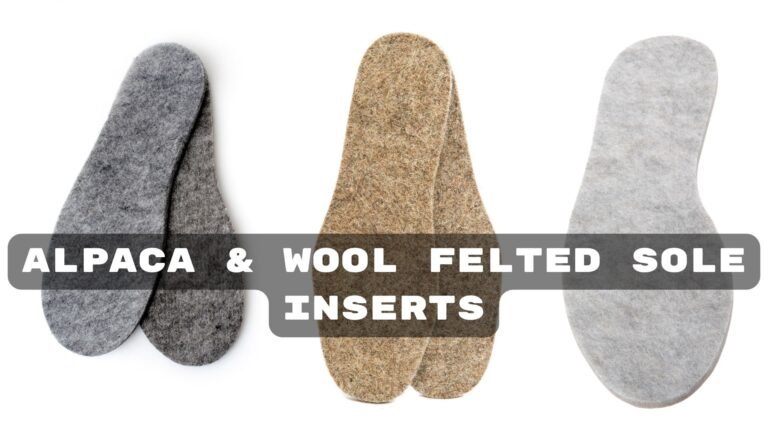


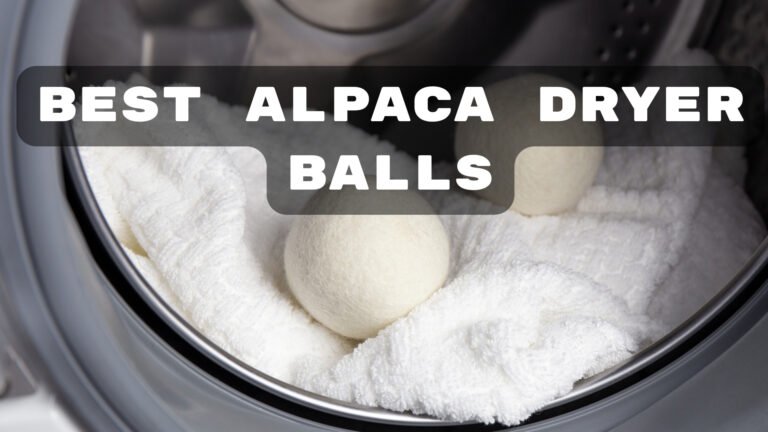


Our picks
Alpaca & Wool Felted Sole Inserts: Comfy Upgrade?
Best Alpaca Socks for Hiking: Ultimate Comfort and Durability on Trails
Best Alpaca Halter for Comfort and Control